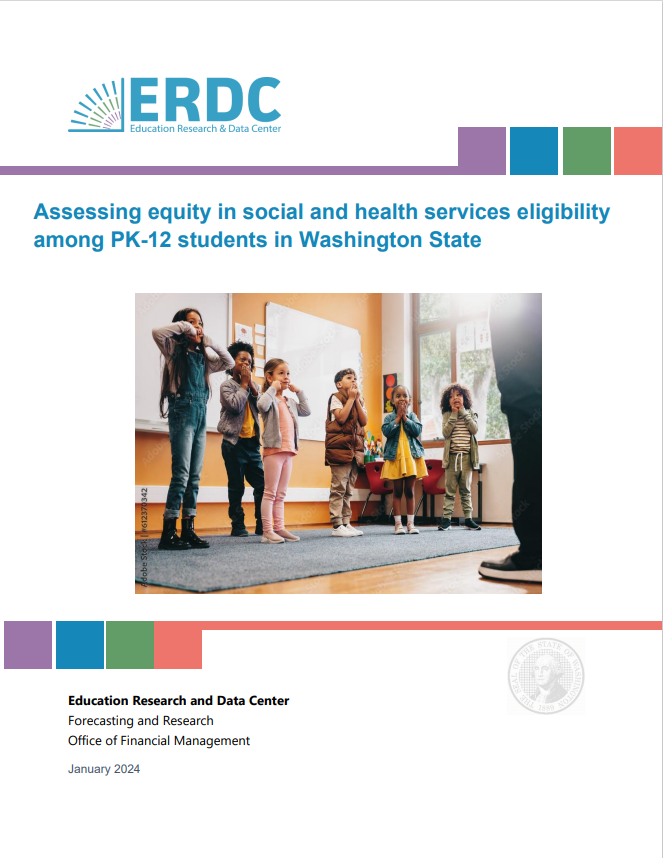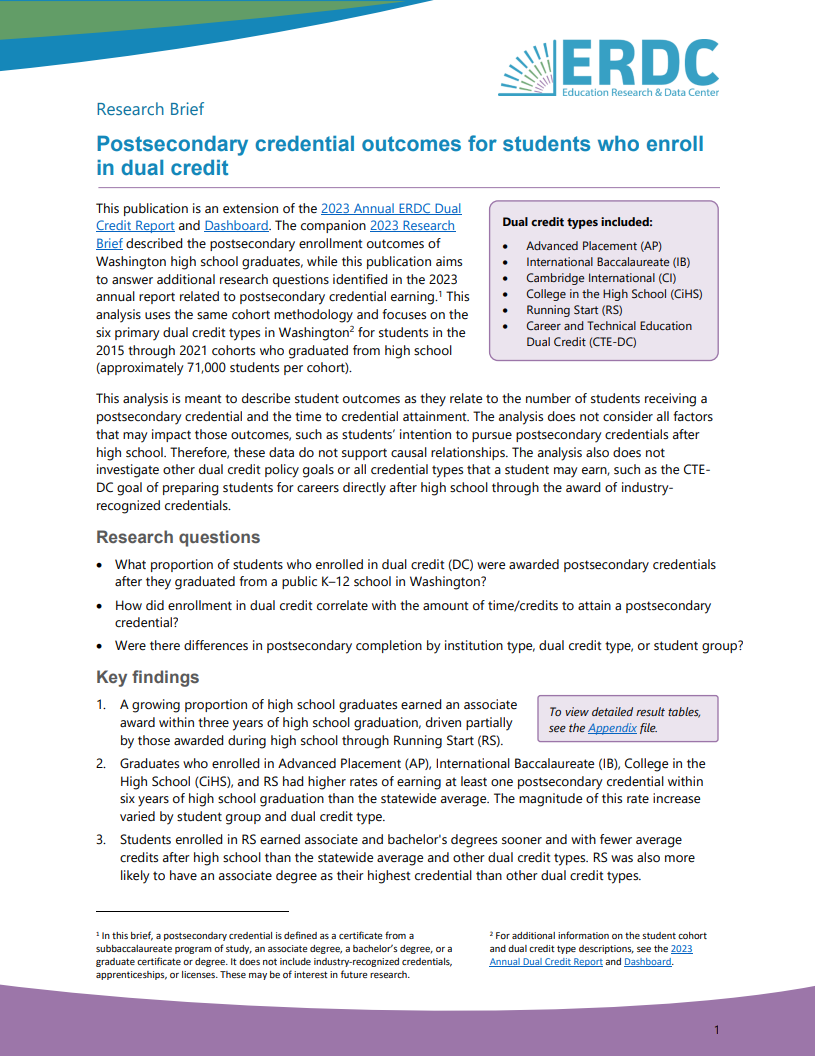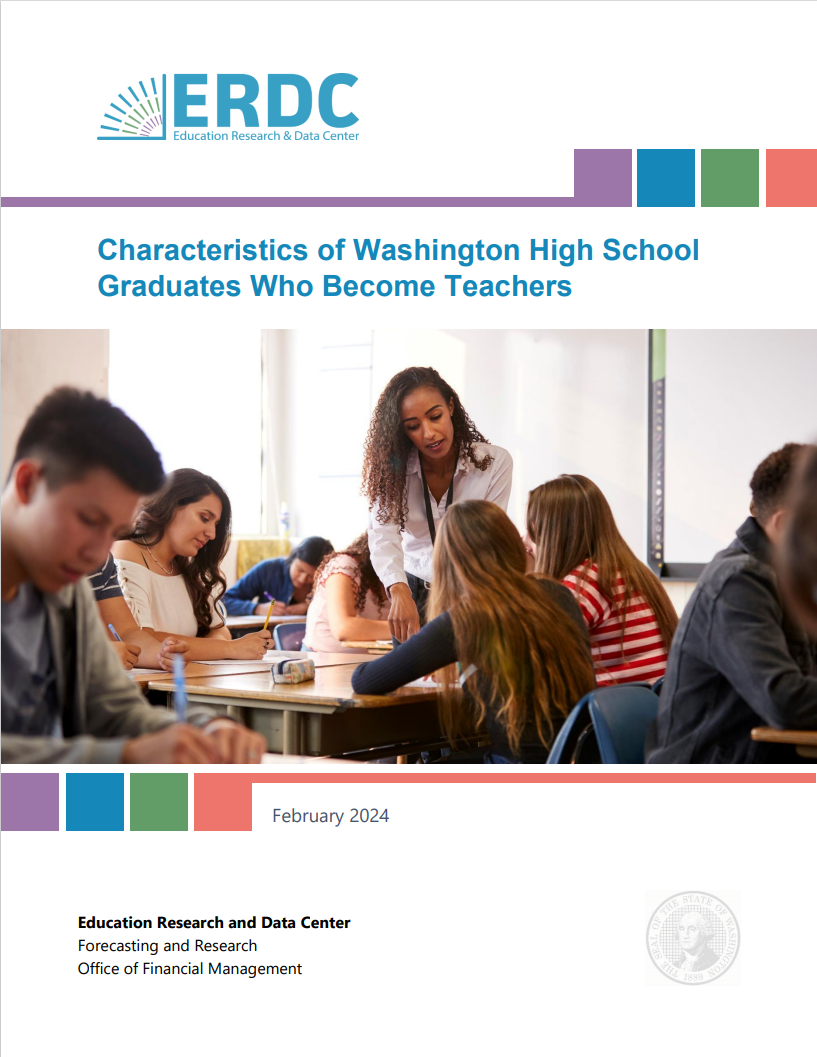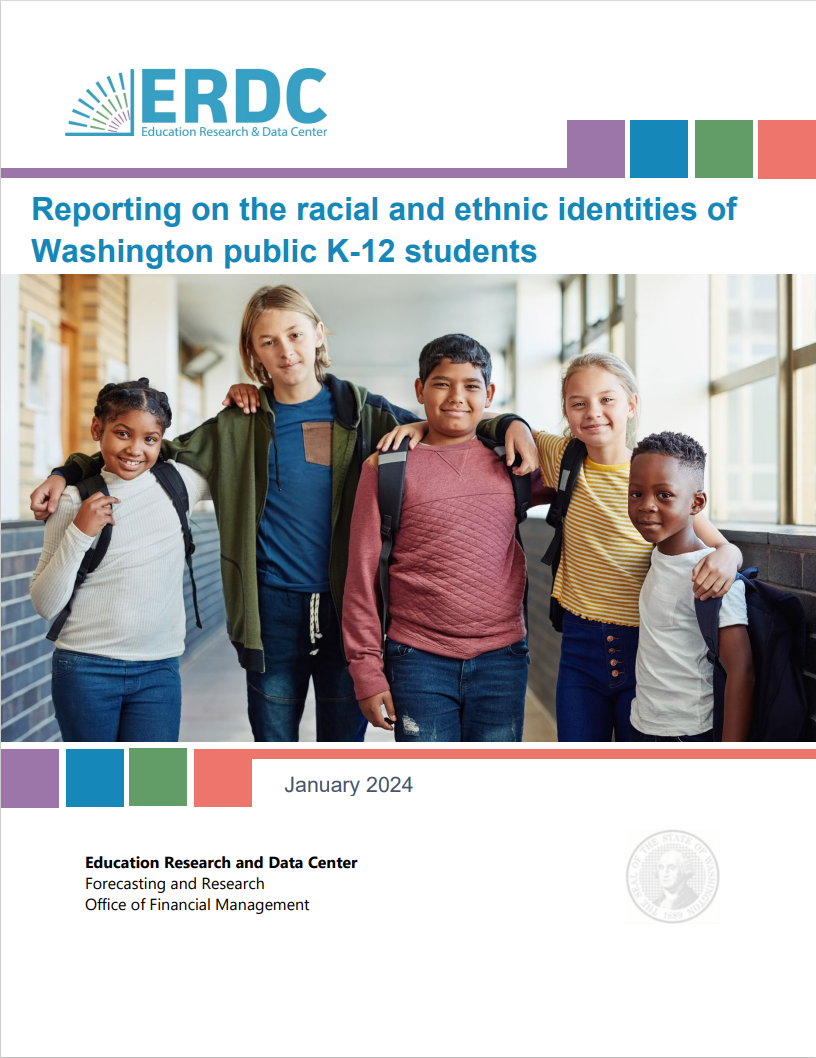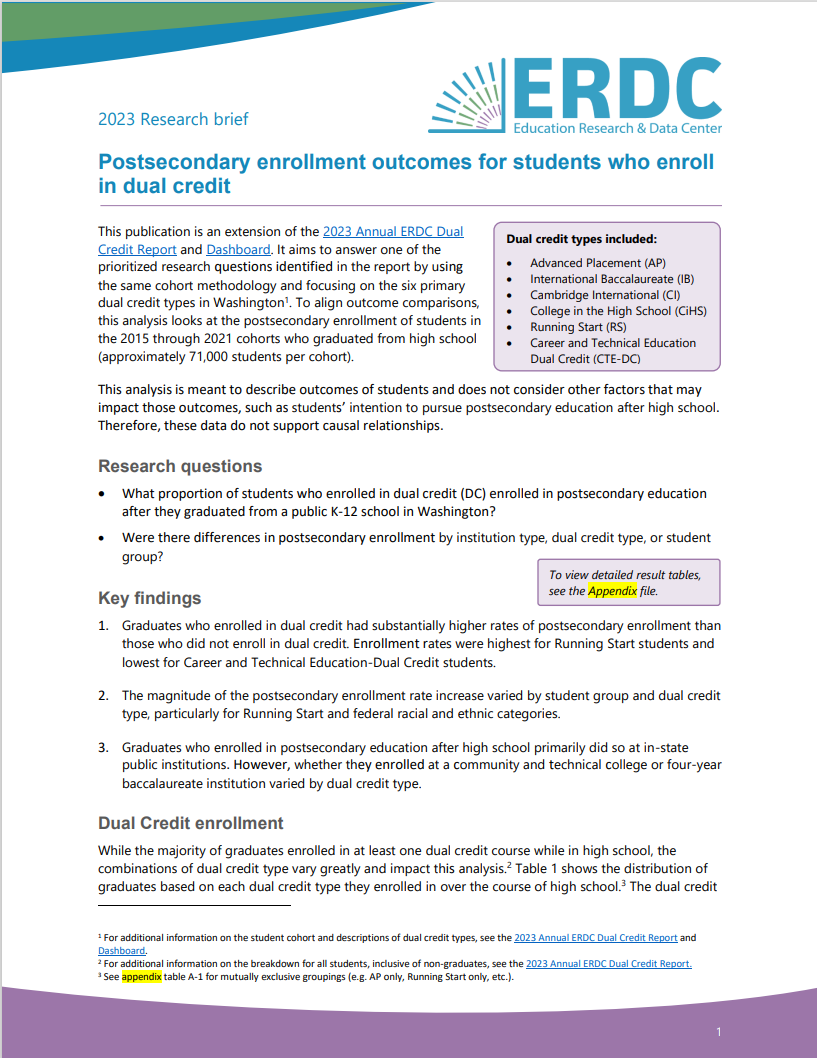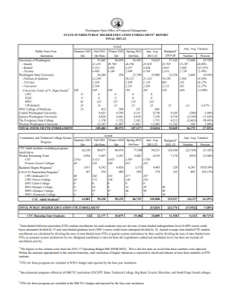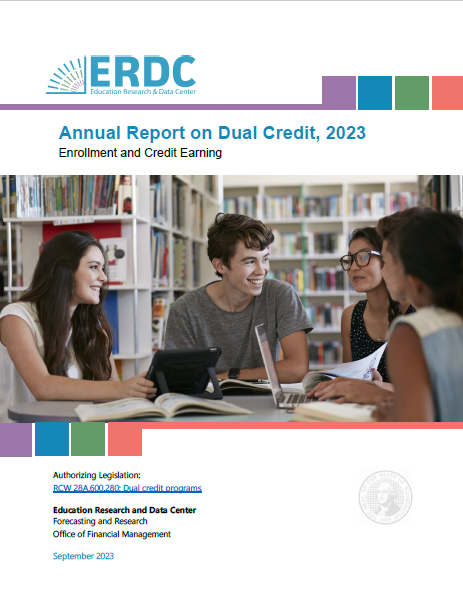Assessing equity in social and health services eligibility among PK-12 students in Washington State
This report examines whether equity exists among PK-12 student populations in Washington state regarding eligibility for social and health services through the Children's Health Insurance Program (CHIP) from Medicaid and Temporary Assistance for Needy Families (TANF) programs. CHIP provides health coverage to eligible children, while TANF delivers cash assistance to low-income households. Data limitations prevented analysis of other social and health service programs such as the Supplemental Nutrition Assistance Program (SNAP). For the assessment, the report used data from the Education Research and Data Center (ERDC) to identify students eligible for CHIP or whose families qualify for TANF among the PK-12 grade students in Washington public schools enrolled between the 2011/12-2019/20 school sessions.
Key findings:
Equity in CHIP-Medicaid services:
- Results show that the percentage of male or female students eligible for CHIP-Medicaid services is proportionally equal to those of male or female students from low-income households, thus indicating equitable representation among male and female students.
- In addition, the percentage of white and Hispanic students eligible for CHIP Medicaid is proportionally equal to that of students of the same racial composition from low-income households, thus supporting equitable representation among white and Hispanic students.
- Also, the percentage of Asian students eligible for CHIP-Medicaid is greater than that of Asian students from low-income households, which supports equity among Asian students.
- Contrary to the previous results, the percentage of Black, Native Hawaiian, and American Indian students eligible for CHIP Medicaid is lower than that of students of the same racial composition from low-income households, which suggests inequity among Black, Native Hawaiian, and American Indian students regarding eligibility for CHIP-Medicaid services.
Equity in TANF services:
- The results show that the percentage of male or female students whose families qualify for TANF is proportionally equal to that of male or female students from low-income households, thus indicating equity among male and female students.
- Furthermore, the percentage of Asian and Hispanic students whose families qualify for TANF is smaller than that of students of the same racial composition from low-income households, indicating inequity among Asian and Hispanic students.
- The percentage of Black, American Indian, and two/more races students whose families qualify for TANF is greater than that of students of the same racial composition from low-income households, which suggests that equity among Black, American Indian, and two/more races students exist regard eligibility for TANF services.
- The percentage of Native Hawaiian and white students whose families qualify for TANF is proportionally equal to that of students of the same racial composition from low-income households, indicating equitable representation among Native Hawaiian and White students.

